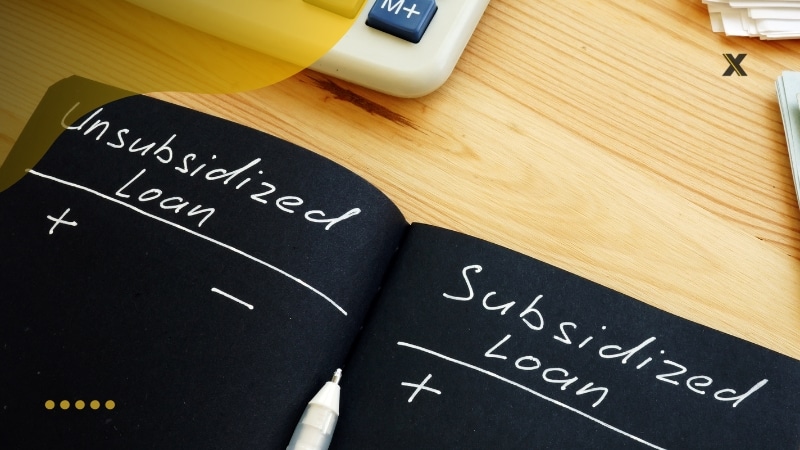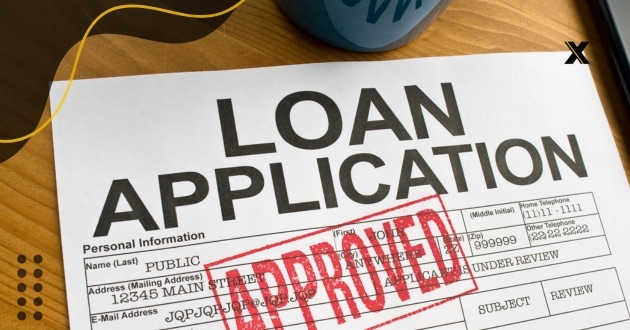Advertisements
Comparing Secured vs. Unsecured Loans is essential for anyone looking to make informed financial decisions. Whether you’re considering a mortgage, personal loan, or business financing. Understanding the key differences between these two types of credit can help you choose the best option for your needs.
We will cover the most important aspects of secured and unsecured loans, highlighting their benefits, drawbacks, and the best options available to borrowers in different financial situations.
You’ll understand not only the mechanics of secured and unsecured loans, but also the factors that influence interest rates, eligibility requirements, and overall loan terms. This way, you’ll be able to determine which type of loan aligns with your financial goals.
Advertisements
Secured Loans

Secured loans require collateral, which is an asset that the lender can seize if the borrower fails to repay the loan. Common examples include mortgages (secured by your home) and auto loans (secured by your vehicle).
The advantages of this type of credit are:
- Lower Interest Rates: The presence of collateral reduces the risk for the lender, often resulting in lower interest rates compared to unsecured loans.
- Higher Loan Amounts: Lenders are typically willing to offer larger loan amounts because they have an asset to fall back on.
- Easier Approval: For borrowers with less-than-perfect credit, secured loans might be easier to obtain as the collateral offsets the credit risk.
However, not everything is rosy, let’s see what the main disadvantages are:
- Risk of Asset Loss: If you default on the loan, you risk losing the collateralized asset.
- Longer Application Process: The process often involves appraising the collateral, which can take time.
- Potential for Negative Equity: If the value of the collateral depreciates (like a car), you might owe more than the asset’s worth
Good secured loan options (Comparing secured vs. Unsecured loans)
1. USDA Section 502 Secured Loan
Owning a home is now easier for low- and moderate-income families in rural areas. The USDA Section 502 Guaranteed Loan Program helps approved lenders provide 100% financing to qualified applicants, ensuring access to safe and affordable housing.
Advertisements
First of all, this program offers a 90% loan guarantee, reducing risk for lenders and allowing them to approve loans with no down payment.
In addition, flexibility is a great highlight. Borrowers can use the funds to purchase, build, rehabilitate, improve, or relocate a home in a qualifying rural area. Thus, the program covers closing costs, essential equipment for the home, and even site preparation such as landscaping and sidewalk installations.
To qualify, applicants must meet income requirements (not to exceed 115% of the area’s median income), agree to personally occupy the home, and be a U.S. citizen, non-national citizen, or eligible alien resident.
Above all, eligible properties include single-family homes, condominiums, modular and prefabricated housing, but must be used as a primary residence, not for income generation.
In a sense, by making homeownership more affordable, the USDA Section 502 Guaranteed Loan Program promotes economic stability, strengthens rural communities, and improves quality of life. In fact, this is just one of several options for bad credit business loans.
2. SBA 7(a) loan
For small businesses seeking financial support, the SBA 7(a) Loan Program offers a reliable solution. As the U.S. Small Business Administration (SBA)’s flagship business loan program. Thus, it provides loan guarantees to lenders, making it easier for businesses to access financing for growth and operational needs.
In principle, the 7(a) loan can be used for a variety of business expenses, including real estate acquisition, refinancing, working capital, equipment purchases, and even AI-related investments.
The maximum loan amount is $5 million, and eligibility depends on factors such as the company’s industry, credit history, and location. Additionally, if your business qualifies. It may be recommended for an SBA 7(a) Working Capital Pilot Loan (WCP) for even more financial options.
In addition, applying for a 7(a) loan is simple. Entrepreneurs can use the SBA’s Lender Match tool to connect with a participating lender. Loan applications are processed directly by the lender.
Regarding the terms of payment, know that they depend on the type of loan. Interest rate (fixed or variable) and cash flow of the business. For most loans, payments are monthly and based on the income of the business, ensuring a manageable repayment structure.
3. EXIM Loan Guarantee (Comparing secured vs. Unsecured loans)
For U.S. businesses looking to expand internationally, EXIM Loan Guarantee offers a secure and competitive financing solution.
By guaranteeing loans to reputable foreign buyers, EXIM ensures that U.S. companies receive payment at the time of shipment, reducing financial risk and increasing confidence in global sales.
Above all, the program facilitates medium- and long-term financing for international buyers of U.S. capital goods and services. Unlike consumer goods, these financed exports are concentrated in large-scale transactions, making it easier for U.S. companies to enter emerging markets.
Another great advantage is risk mitigation. The EXIM guarantee covers 100% of commercial and political risks, providing a safe entry into new markets in a safe manner.
Additionally, EXIM offers flexible financing options, including traditional installment loans and financial leasing structures. These agreements make U.S. exports more attractive to international buyers who may struggle to secure financing elsewhere.
With its unconditional and transferable loan guarantee, EXIM ensures that U.S. exporters can confidently compete in international markets, strengthening economic growth and global trade opportunities.
Unsecured Loans

Unsecured loans don’t require collateral. Examples include personal loans, student loans, and most credit cards.
The advantages of this type of credit are:
- No Risk to Personal Assets: Since there’s no collateral, you don’t risk losing a personal asset if you default (although there are other consequences).
- Simpler Application Process: Without the need to appraise collateral, the process is generally quicker.
- Useful for Various Purposes: Unsecured loans can be used for a variety of purposes, from consolidating debt to funding education.
However, not everything is rosy, let’s see what the main disadvantages are:
- Higher Interest Rates: To offset the higher risk, lenders usually charge higher interest rates.
- Stricter Credit Requirements: Lenders often require a higher credit score since there’s no collateral to mitigate risk.
- Lower Loan Amounts and Shorter Terms: Lenders might limit how much you can borrow and how long you have to repay it.
Conclusion (Comparing secured vs. Unsecured loans)
When choosing between secured and unsecured loans, it is essential to weigh the benefits and risks associated with each option. Secured loans offer lower interest rates, higher borrowing limits, and easier approval, but they come with the risk of asset loss.
Unsecured loans, on the other hand, offer flexibility and a faster application process, but they often require higher credit scores and come with higher interest rates.
Whether it’s securing a home equity loan through the USDA’s Section 502 program, financing a business with an SBA 7(a) loan, or opting for an unsecured loan for personal or educational needs, understanding these differences ensures a well-informed financial decision.




